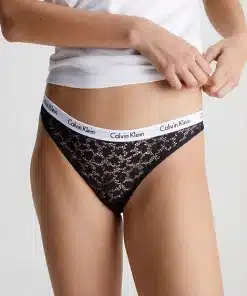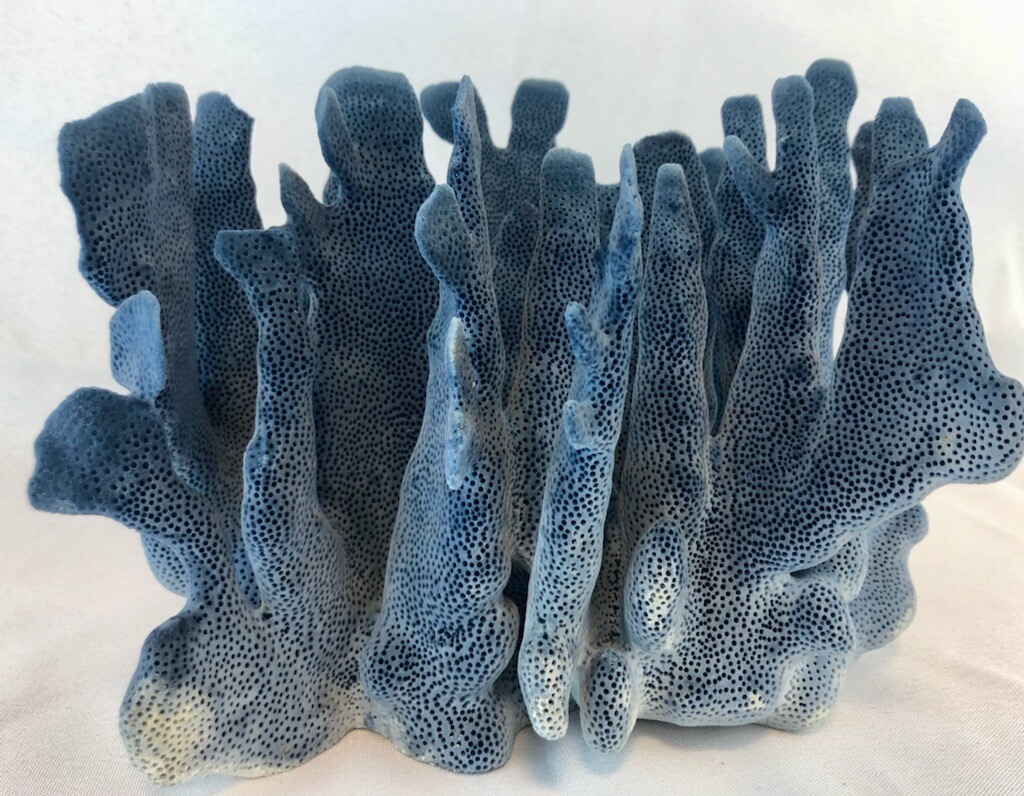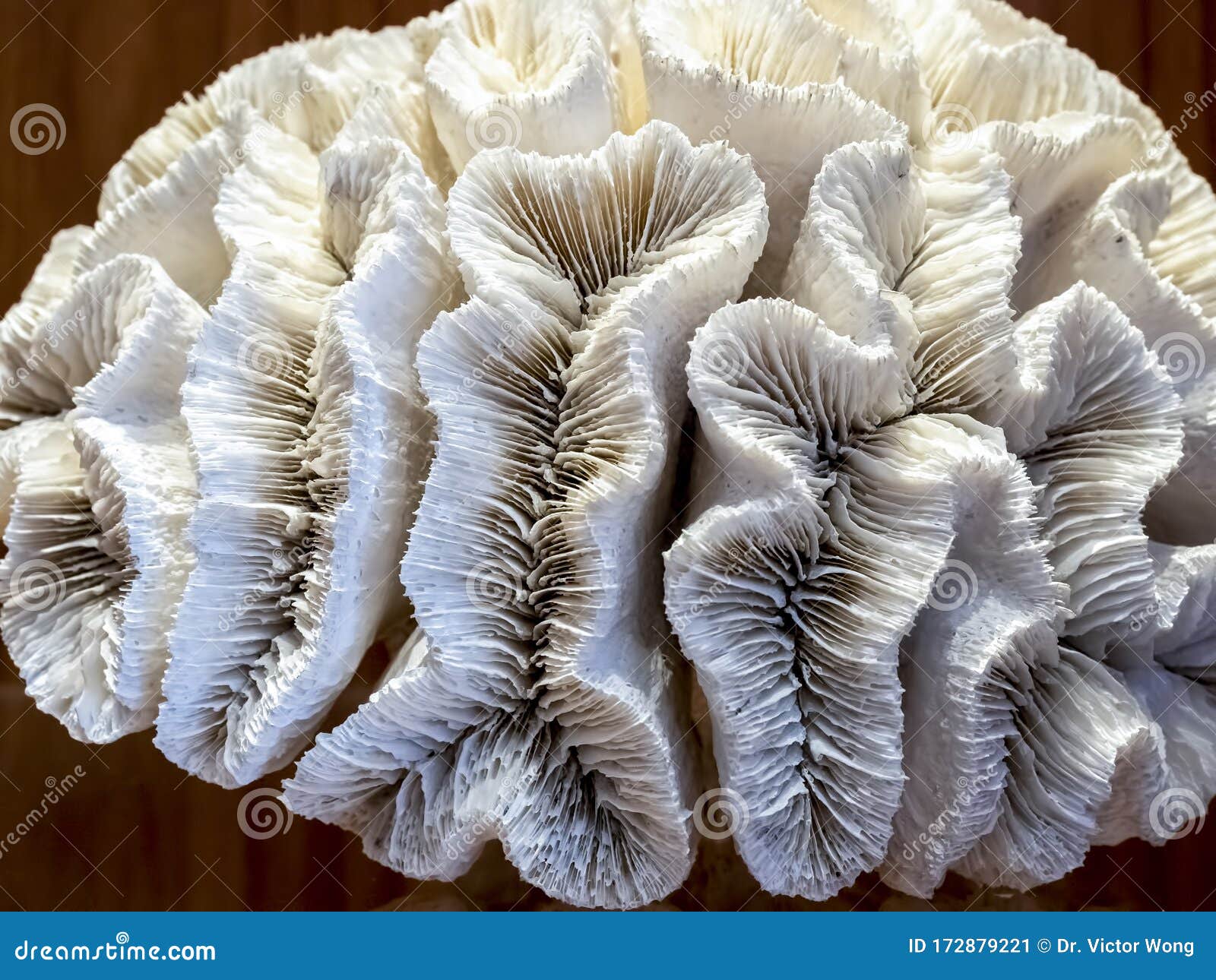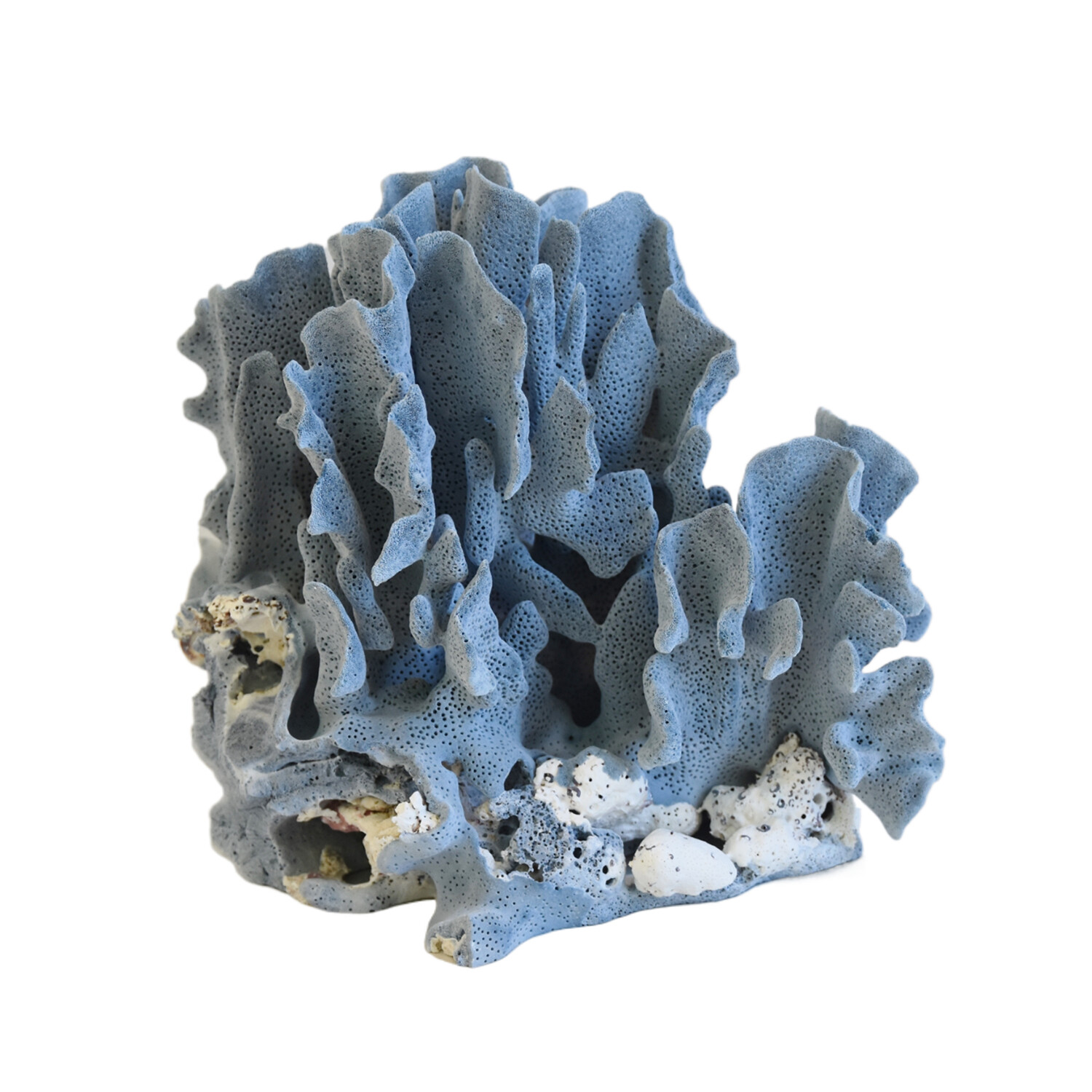A review of coral bleaching specimen collection, preservation, and
$ 13.99 · 4.8 (647) · In stock

Under current climate warming predictions, the future of coral reefs is dire. With projected coral reef decline, it is likely that coral specimens for bleaching research will increasingly become a more limited resource in the future. By adopting a holistic approach through increased collaborations, coral bleaching scientists can maximize a specimen’s investigative yield, thus reducing the need to remove more coral material from the reef. Yet to expand a specimen’s utility for additional analytic methods, information on how corals are collected is essential as many methods are variably sensitive to upstream handling and processing. In an effort to identify common practices for coral collection, sacrifice, preservation, and processing in coral bleaching research, we surveyed the literature from the last 6.5 years and created and analyzed the resulting dataset of 171 publications. Since January 2014, at least 21,890 coral specimens were collected for bleaching surveys or bleaching experiments. These specimens spanned 122 species of scleractinian corals where the most frequently sampled were Acropora millepora, Pocillopora damicornis, and Stylophora pistillata. Almost 90% of studies removed fragments from the reef, 6% collected skeletal cores, and 3% collected mucus specimens. The most common methods for sacrificing specimens were snap freezing with liquid nitrogen, chemical preservation (e.g., with ethanol or nucleic acid stabilizing buffer), or airbrushing live fragments. We also characterized 37 distinct methodological pathways from collection to processing of specimens in preparation for a variety of physiological, -omic, microscopy, and imaging analyses. Interestingly, almost half of all studies used only one of six different pathways. These similarities in collection, preservation, and processing methods illustrate that archived coral specimens could be readily shared among researchers for additional analyses. In addition, our review provides a reference for future researchers who are considering which methodological pathway to select to maximize the utility of coral bleaching specimens that they collect.
Climate change is destroying our coral reefs. Here's how

PDF) Coral Reef Conservation Solution-Scape White Paper

Proportional change in adult abundance versus proportional change

PDF) Coefficient of variation of sea surface temperature (SST) as

Emergency rescue effort underway for bleached Florida corals

Coral Bleaching RCN (@CoralBleachRCN) / X

Number of sequences and OTUs per treatment.

Publications Vega Thurber

Multi-proxy assessment of coral reef formation and biotic-abiotic

Panel a—proportional change in juvenile abundance (log10










